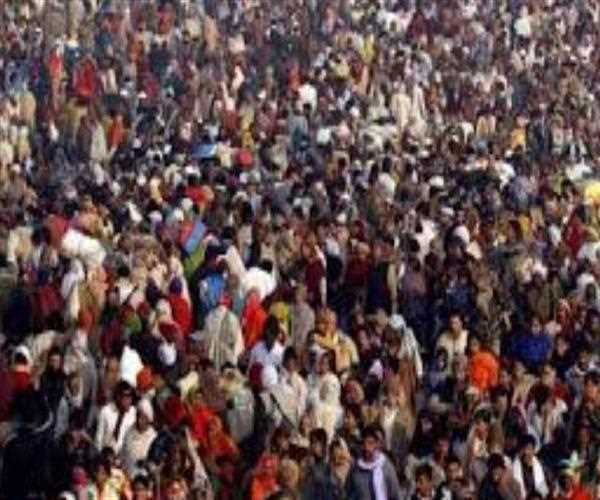
In any country, when the population reaches an explosive state, it begins to grow disproportionately with resources, so it is necessary to bring stability in it. The resource is a very important component. The population growth rate is higher than the pace of development in India. Regional imbalance with resources is also increasing rapidly. In South India, the total fertility rate, or the number of children a woman can give birth during the reproductive stage, is about 2.1, which is considered the stability rate.
But in contrast, North India and Eastern India, which have states like Bihar, Uttar Pradesh, Odisha, have a total fertility rate of more than four. This creates a regional imbalance within India. When development is low in some part and population is high, then people migrate from such place to other places in search of employment and livelihood. But the scarcity of resources and the overpopulation of population cause tension, regionalism in various areas is associated with struggle for resources.
Malthus, a British economist, explained the population growth and its effects in the Principal of Population. According to Malthus, ‘Population grows at double the speed (1, 2, 4, 8, 16, 32), while resources increase at a normal pace (1, 2, 3, 4, 5). As a result, the population doubles after every 25 years. Although the views of Malthus cannot be agreed verbatim, it is true that the growth rate of population is more than the growth rate of resources. David Ricardo, the originator of the land theory theory, and Thomas Sadler, Herbert Spencer on the coordination of population and resources, have also expressed serious views on population growth.
Population control measures
Despite the estimates of the Economic Survey, India's growing population is a reality, which will exceed China by the year 2030. Rapid growth in population produces various negative consequences. To prevent these consequences, it is necessary to stabilize the growth rate by controlling the population. Following measures can prevent the rapid growth rate of the population-
Human reproduction rate is higher in a given period of age. If the age of marriage is increased, the birth rate of children can be controlled.
Improvement in the economic condition of women and involve them in the decision process.
Improve the quality of education and change the approach of giving birth to more children.
India has a large number of orphans and there are families who are not able to give birth to children. Encourage such families to adopt children, as well as motivate other families to adopt children. In this way, not only will the situation of orphans improve, but the population will also be controlled.
Due to various factors in India, procuring a son is considered necessary and the birth of a daughter is discouraged. If gender discrimination is abolished, the tendency of giving birth to more and more children in the desire of a son can be stopped.
In Indian society it is considered necessary for any couple to have children and without it the couple is looked upon with heart, if this thinking is changed then it will be helpful in reducing the population.
It is considered necessary to have children as a support in social security and old age. But at present, this idea has changed due to various government schemes and facilities. This factor can also be useful in population control.
Population growth can be reduced by improving the economic condition of families and raising their standard of living. It is often seen that people with high living standards prefer small families.
Urbanization in India is thought to be inversely related to population growth. If urbanization is promoted, it will certainly prove useful in population control.
The population growth rate in India is high in rural areas, mainly due to lack of awareness about family planning. If planning gives birth to children, it can be the most effective means of population control.
A large population is still away from education in India, so the benefits of family planning are not known. Efforts should be made to bring awareness among the people, especially in rural and backward areas, through various media such as television, radio, newspapers etc.
The government should try to encourage people through various mediums who pay attention to family planning and give priority to small families.